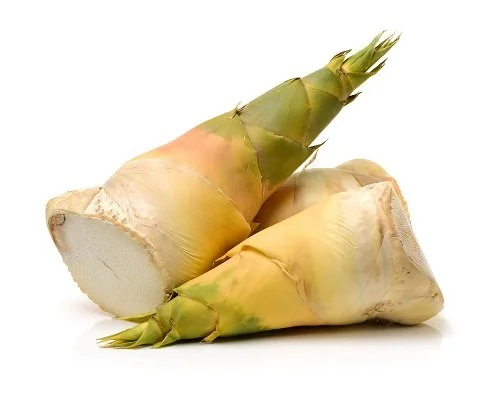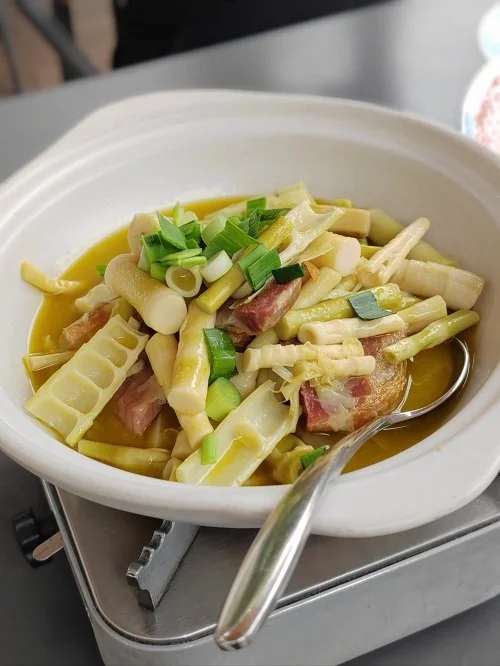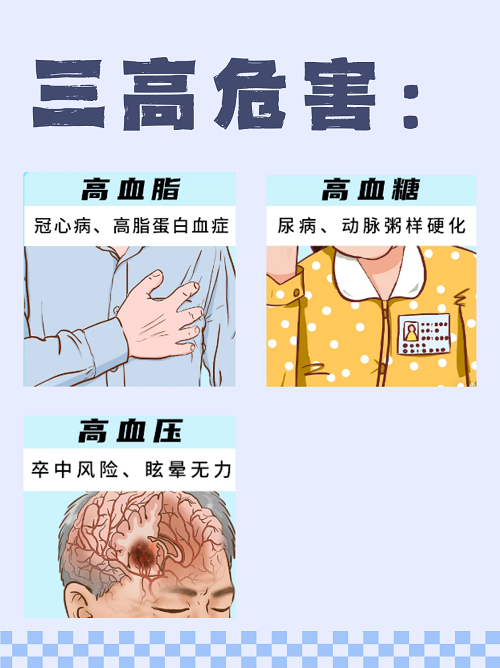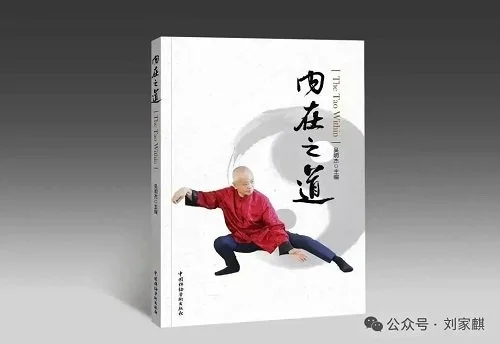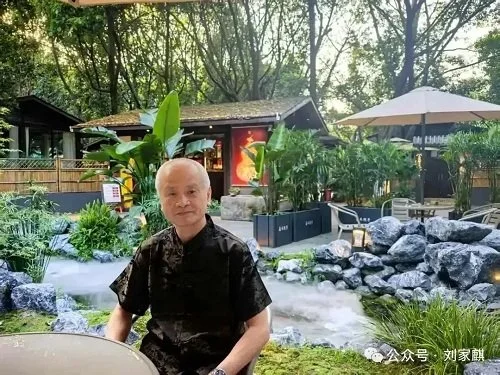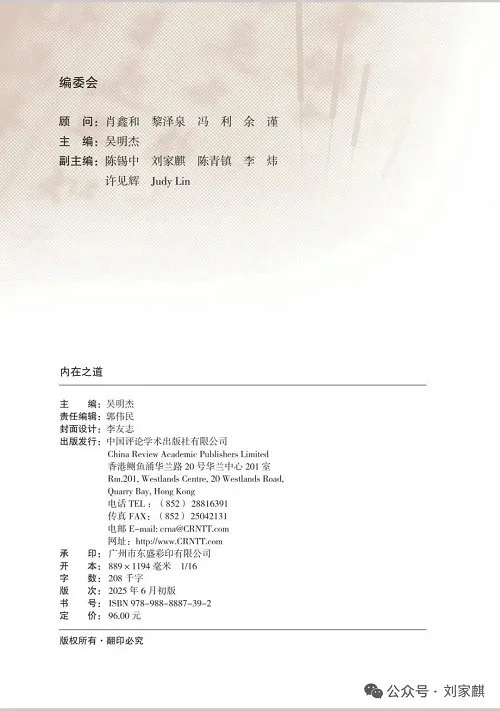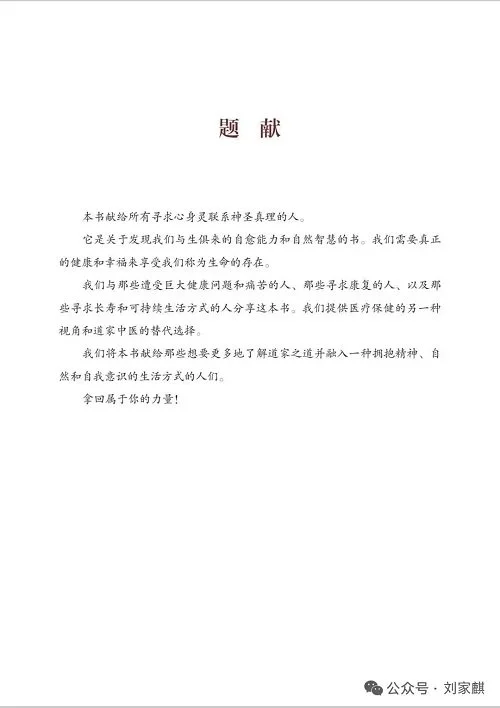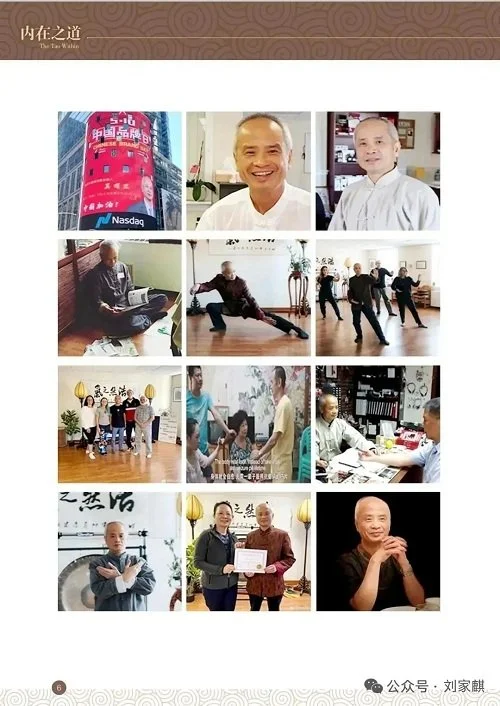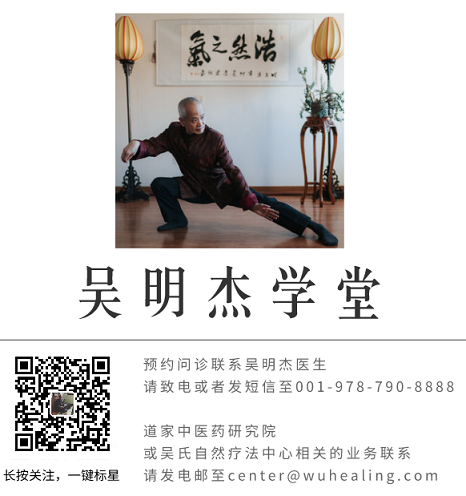Bamboo Shoots: Culinary Uses and Mechanisms for Lowering the Three Highs (Hypertension, Hyperlipidemia, Hyperglycemia) from TCM and Western Medicine Perspectives
Bamboo shoots are a low-calorie, high-fiber natural food that is considered beneficial for managing the "three highs" (high blood pressure, high cholesterol, and high blood sugar) in both Traditional Chinese Medicine (TCM) and Western medicine. Below is a detailed analysis of their culinary uses and mechanisms of action.
I. Common Culinary Uses of Bamboo Shoots
Cold Tossed Bamboo Shoots
Blanch fresh shoots, slice into strips, and mix with vinegar, minced garlic, and olive oil for a refreshing, lipid-lowering appetizer.
Stir-Fried or Stewed in Soups
Cook with lean meat or mushrooms (e.g., bamboo shoot and pork rib soup) to reduce fat absorption.
Fermented Products
Sour bamboo shoots (lacto-fermented) contain probiotics that support gut microbiota, indirectly improving metabolism.
Rehydrated Dried Bamboo Shoots
Soak dried shoots thoroughly before cooking to soften fibers; ideal for braised dishes (e.g., braised pork with dried bamboo shoots).
Precautions:
High in oxalic acid—blanching before cooking reduces interference with calcium absorption.
Those with weak spleen/stomach (TCM "spleen deficiency with cold") should consume in moderation; balance with warming ingredients like ginger or pepper.
II. Mechanisms for Lowering the Three Highs
1. Blood Pressure Reduction
Western Medicine Perspective:
High potassium, low sodium (~500mg potassium per 100g): Promotes sodium excretion, regulating vascular osmotic pressure.
Magnesium: Helps relax blood vessels and inhibits angiotensin-converting enzyme (ACE) activity.
TCM Perspective:
Cooling and sweet in nature, targets the stomach and lung meridians; clears heat, resolves phlegm, and promotes urination/defecation, reducing "phlegm-dampness" type hypertension.
2. Cholesterol Reduction
Western Medicine Perspective:
Dietary fiber (~2-3g/100g): Binds to bile acids, reducing cholesterol reabsorption.
Phytosterols: Competitively inhibit cholesterol absorption.
Low fat (0.1-0.3g/100g): Minimizes exogenous fat intake.
TCM Perspective:
Dissolves "greasy turbidity" (excess lipids), improves spleen-stomach function, and regulates lipid metabolism.
3. Blood Sugar Regulation
Western Medicine Perspective:
Low glycemic index (GI): Slows carbohydrate digestion, preventing post-meal blood sugar spikes.
Chromium: Enhances insulin sensitivity.
Resistant starch: Ferments in the colon to produce short-chain fatty acids (e.g., butyrate), improving insulin resistance.
TCM Perspective:
Promotes fluid production and relieves thirst, aligning with TCM’s "wasting-thirst" (diabetes-like) syndrome; synergizes with yin-nourishing herbs like ophiopogon (麦冬) and polygonatum (玉竹).
III. Research Evidence and Precautions
Clinical Studies:
Japanese research found polysaccharides in bamboo shoot skins inhibit lipase activity, reducing fat absorption (Journal of Nutritional Science, 2018).
Contraindications:
People with urinary stones should consume cautiously (oxalates may aggravate stones).
Gastritis patients should eat well-cooked shoots in small amounts.
Conclusion
Bamboo shoots support metabolic health through their high fiber, potassium, and low-fat profile, combined with TCM’s "dredging and regulating" effects. For optimal results, consume 2-3 times per week as part of a balanced diet, alongside exercise and medical treatment for the "three highs."
Book overview
In "The Tao Within," the book embarks on a transformative journey of self-discovery, wisdom, and inner harmony. It shows how spirituality becomes a core element in our everyday lives and in maintaining our health. In the chaos of our modern world, we often find ourselves searching for meaning, purpose, and a deeper connection to our true selves.
order the Tao within click below llink order from amazon: a.co/d/6ryPrIz
In this profound and insightful exploration, Authors, Ming Wu, Ph.D., and Judy Lin, guide us on a spiritual and medical path toward self-empowerment and unveiling the timeless wisdom of the Tao. As we witness more limitations on western medicine, this book is presenting.

